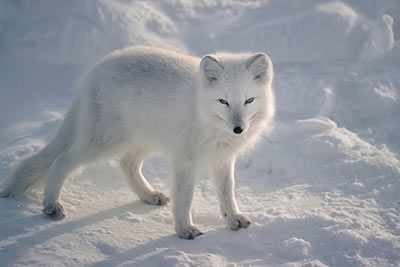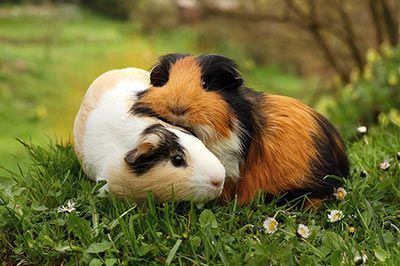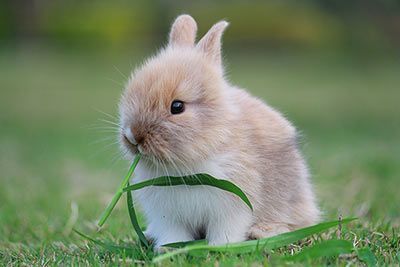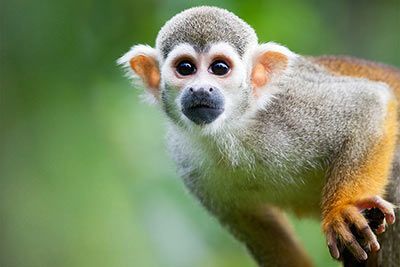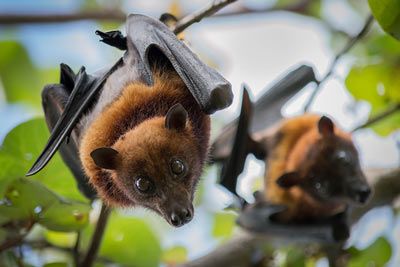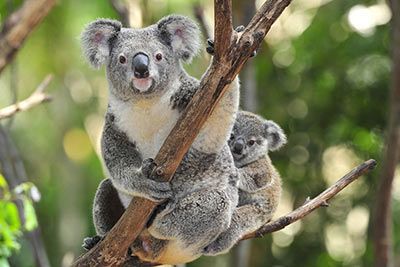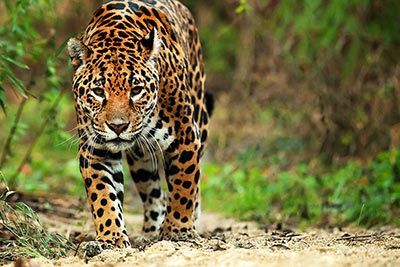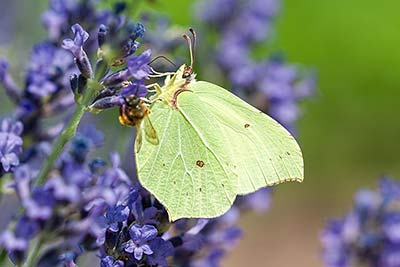Opossum
Opossum Facts
| Size | Up to 20 inch (50 cm) (without tail) |
| Speed | Up to 15.5 mph (25 km/h) |
| Weight | Up to 13 lb (6 kg) |
| Lifespan | 2-7 years |
| Food | Fruit, insects, frogs |
| Predators | Foxes, cats, birds of prey |
| Habitat | North America |
| Order | Didelphimorphia |
| Family | Didelphidae |
| Scientific name | Didelphis |
| Characteristics | Big “rat” with a long tail |
Main Characteristics
Opossums are large rat-like nocturnal animals that live in (brush)woods.
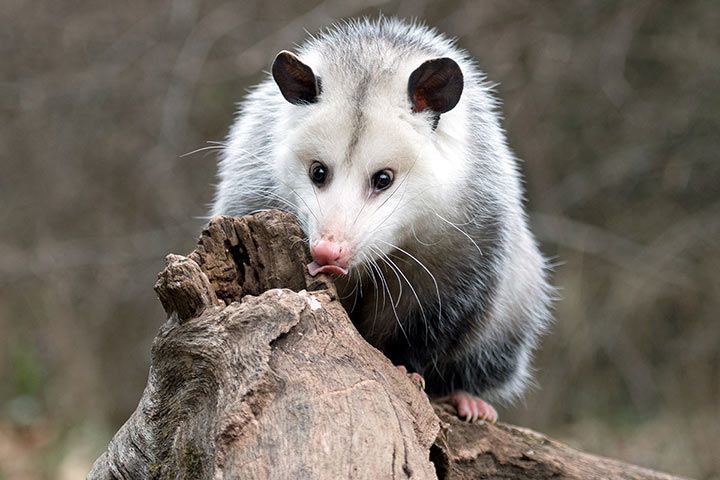
Anatomy and Appearance
The Biggest Possums
Opossums are the biggest possums and can reach the size of domestic cats.
Teeth
The Virginia opossum has 52 teeth – the largest number of teeth of all North-American mammals. Humans usually have only 32 teeth.
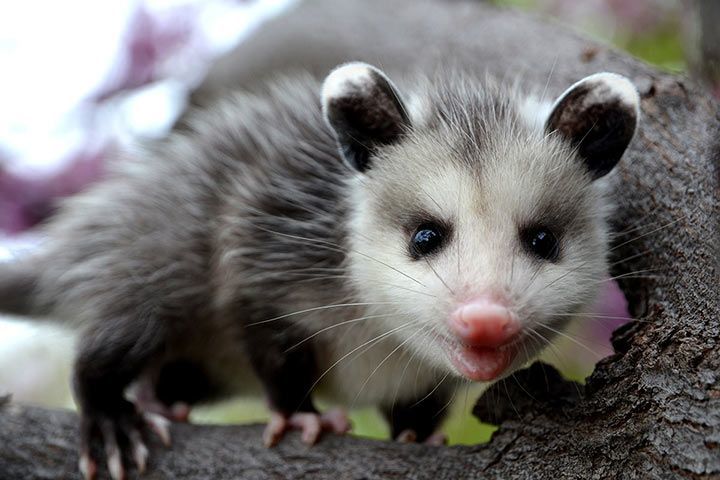
Behavior
They Feign Death
The opossum cannot move very quickly. So what should it do if an enemy approached? It rolls up, sticks out its tongue and stays lying down with open eyes. It also emits a foul smell. The opossum can get through this deception for up to six hours.
They Walk Like Camels
Opossums do not walk like dogs, cats, or horses. These put their paws or hooves offset (apart from the "pass" in horses, a special gait). Opossums move their limbs on one side of the body simultaneously – left front and back paw, then right front and back paw.
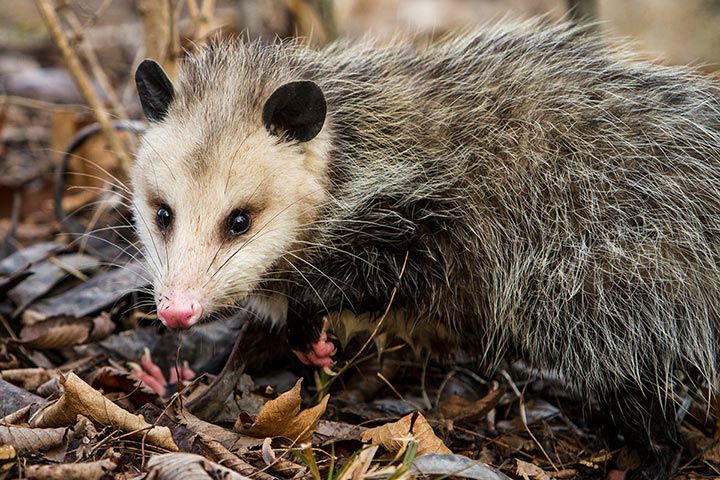
Reproduction
Generally, opossums are loners. The animals only come together during the mating season. Before a female opossum gives birth, it thoroughly cleans its pouch for the young. With just about 12-14 days, they have the shortest gestation period of all mammals. After birth, the babies are just about 0.39-0.78 inch (1-2 cm) long and weigh between 0.004 and 0.007 oz (0.13 and 0.20 g). After 2-3 months, the young animals leave the pouch for the first time and climb onto their mother’s back.
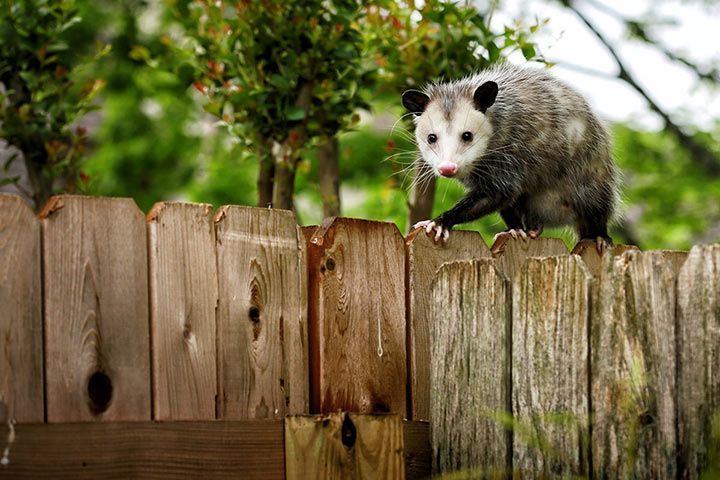
Evolution
Opossums are living fossils. Opossums have been roaming the earth for 70-80 million years, making them one of the oldest living "fossils".
Fun Facts
Opossums are immune to rabies. They can't be infected with rabies. They have an extremely effective immune system that can deal with many viruses and bacteria. They also have a rather low body temperature, which makes it difficult for bacteria to multiply.
The Opossum Is Related To:
- Possums













